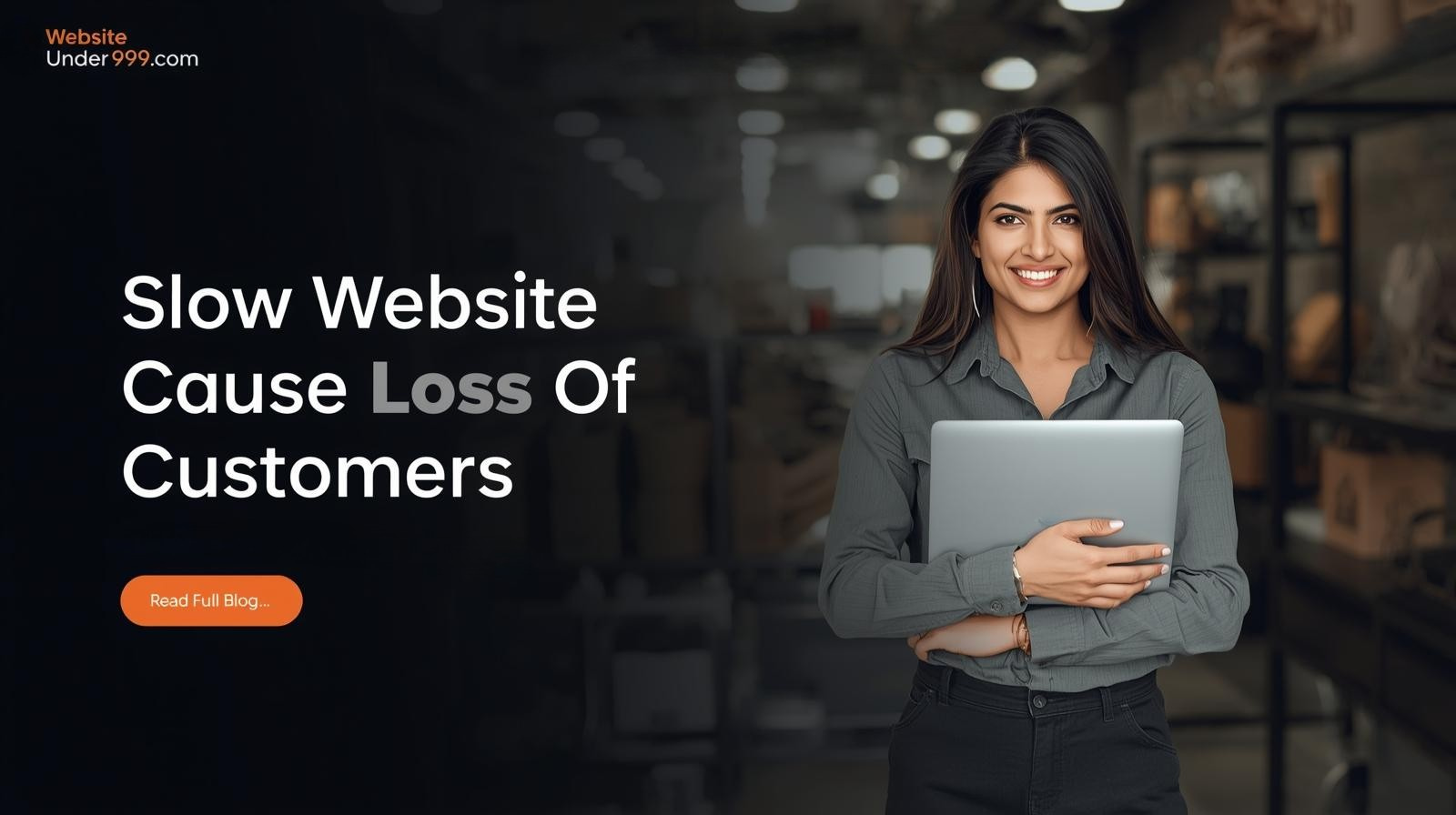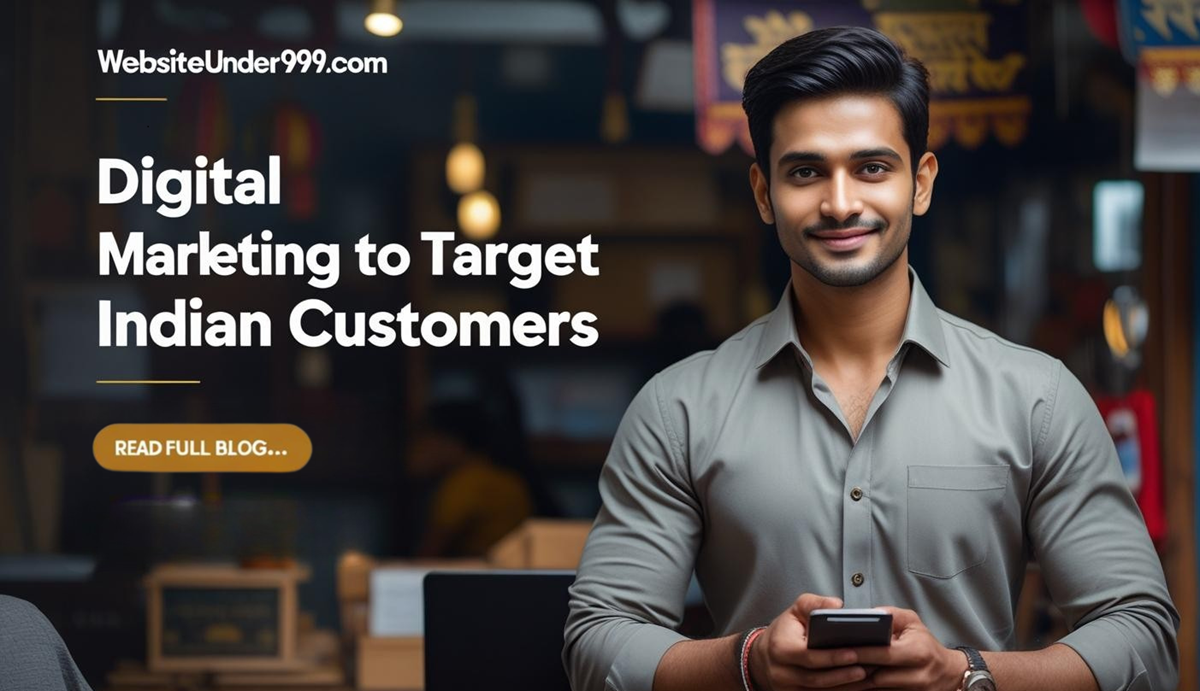India’s digital scene is booming — more people are online than ever, they search before buying, and most of them do it on mobile. If your business isn’t showing up where customers look first (search engines), you’re leaving money on the table. This post explains, in simple and practical terms, why SEO matters for Indian businesses and how you can start seeing real results — without wasting ad budget.
India will cross 900 million internet users soon. SEO helps you reach those users organically — whether they’re in Mumbai, Meerut, or Manipur. Learn why SEO matters, what to prioritize, and a 10-point checklist to get started.
1) The big picture — India is online, and fast
India had 886 million active internet users in 2024, with growth continuing into 2025. That means enormous audience potential across cities and small towns alike.
Search engines (Google especially) are still a primary way people discover products and services — and Indian consumers routinely use search to research purchases. Making your website discoverable via SEO places you at the start of these customer journeys.
Mobile-first behaviour matters: a large majority of product searches and purchases in India begin or happen on mobile devices, so mobile-optimized SEO (speed, responsive design, fast loading) is critical.
E-commerce and digital commerce are growing fast — consumers increasingly research, compare, and buy online. SEO helps small and local brands get discovered without huge ad spends.
2) Why SEO beats “spray-and-pray” advertising (for many businesses)
Long-term ROI: Paid ads stop bringing traffic the moment you stop paying. Good SEO keeps working month after month.
Trust & credibility: Sites that rank high in organic results are trusted more by users than ads.
Cost-efficiency: For the same monthly budget, SEO can generate sustainable organic sessions that reduce dependence on ads.
Targeted visibility: SEO lets you capture intent — people who are already searching for your product or service.
Local reach: With local SEO (Google Business Profile + local citations), customers near your shop or outlet find you first.
3) Benefits specifically for Indian businesses (real-world wins)
- Reach tier-2/tier-3 customers: With regional content and long-tail keyword targeting, you can reach customers outside metros — the fastest-growing internet cohort in India.
- Lower CAC for local leads: Local SEO + optimized landing pages reduce cost per lead vs. paid campaigns.
- Competitive edge for small sellers: Niche content and product pages help small brands appear in searches for very specific buyer needs.
- Better conversions around festivals & regional trends: SEO content that targets seasonal and regional queries converts well during Diwali, Navratri, wedding season, etc
4) Simple SEO roadmap for Indian businesses (what to focus on)
- Keyword research with local intent: target “near me”, city names, plus Hindi/English mixed queries your customers use.
- Google Business Profile: verify, complete, collect reviews — shows on Maps and local search.
- Mobile-first speed & UX: compress images, lazy-load, use AMP or fast frameworks if needed.
- On-page SEO: title tags, H1s, short descriptive URLs, schema for products/services, and optimized meta descriptions.
- Content that answers real questions: FAQs, how-to guides, and local landing pages (use regional language snippets when relevant).
- Technical SEO: sitemap, robots.txt, canonical tags, structured data, and fix crawl errors.
- Local citations & directories: ensure NAP (name, address, phone) consistency across listings.
- Reputation & reviews: ask customers for reviews and respond promptly.
- Measurement: set up Google Analytics + Google Search Console; track organic traffic, impressions, and high-intent conversions.
- Ongoing optimization: update content, refresh meta tags, and expand into new keyword clusters each quarter.
5) Quick 10-point checklist (copy-paste action items)
- Claim and optimize Google Business Profile.
- Run a mobile speed test; aim for <3s load.
- Create 5 local landing pages (city-specific).
- Publish 1 “how-to” blog per month answering buyer questions.
- Add schema for products/services on all relevant pages.
- Fix 404s and canonical issues reported in Search Console.
- Use hreflang or language snippets if serving regional languages.
- Collect at least 20 genuine Google reviews this quarter.
- Track performance: set goals for organic leads in Analytics.
- Reassess keywords and content gaps every 3 months.
6) Content ideas that work in India (high ROI topics)
- “Best [service] near me in [city]” landing pages
- “How much does [service/product] cost in India?” long-form guides
- “Diwali offers for [product] — 2025” seasonal pages
- “Buy vs Rent” or “Which is better?” comparative posts for high-intent buyers
- Local case studies with real customer quotes
7) SEO + CRO: Don’t drive traffic and ignore conversions
Ranking is step one. Make sure landing pages have: clear CTA, phone click-to-call, trust signals (certs/reviews), and a fast checkout/contact flow. Measure micro-conversions (calls, clicks, form fills) and adjust.
8) Common SEO mistakes I see Indian businesses make
- Treating SEO as a one-time task (it’s ongoing).
- Using generic stock content — not solving local customer questions.
- Ignoring mobile UX and page speed.
- Not tracking phone calls / WhatsApp inquiries as conversions.
- Over-reliance on a single channel (e.g., Facebook ads) without building organic traffic.
9) How WebsiteUnder999 can help
If you want a practical, no-fluff approach:
- Affordable mobile-first websites starting at Rs999/year.
- Local SEO setup (Google Business Profile, citations).
- On-page SEO + content for long-tail, local queries.
We build sites that load fast, follow SEO best practices from day one, and include tracking so you can see organic growth. (If you want, I can draft a 30/60/90 day SEO plan tailored to your business — tell me your business type and city.)
10) Final thoughts — Why start now?
India’s internet population is still growing rapidly and shifting toward regional content and mobile-first searches. Being discoverable organically gives you a durable advantage: lower long-term costs, higher trust, and the ability to reach customers across the country — from metros to smaller towns. The businesses that invest in SEO today will capture attention and sales tomorrow.



